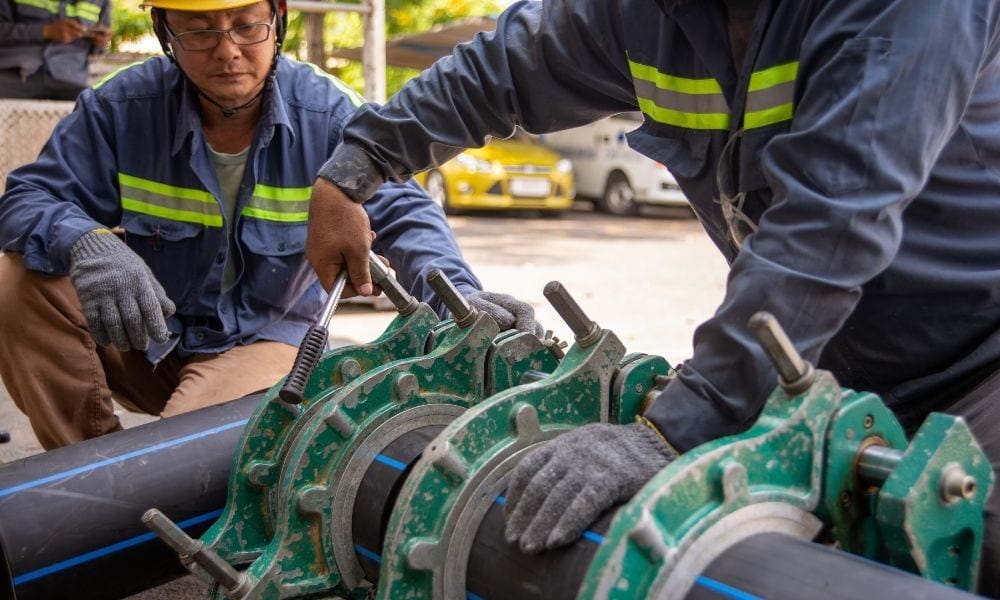Health Effects of Wood Preservation Chemicals

Wood remains a popular material for a large variety of outdoor structural projects because of its adaptability and attractive appearance. Sometimes, it’s simply the traditional or most accessible choice for certain jobs. Wood has some significant drawbacks, however. Chief among them is the fact that it needs chemical treatment to protect it from rotting in water, microorganisms and insects. These chemical substances can pose serious hazards for the people who handle them. Educate yourself on the health effects of chemicals used in wood preservation by reading ahead.
Short-Term Effects
It’s possible for workers to contact or inhale chemicals when handling wood preservation chemicals. This can lead to a host of negative symptoms. Some examples include skin, respiratory, and eye irritation, as well as allergic reactions. Some individuals may also experience more severe symptoms, such as skin burns and permanent injury to their sight. Moreover, those with asthma can experience trouble breathing when near these chemicals.
Cancer
Creosote, pentachlorophenol, and arsenicals are all chemicals that constitute wood preservatives. The US Environmental Protection Agency categorizes the first two as probable carcinogens, and they label arsenicals as concrete carcinogens. Both creosote and pentachlorophenol have resulted in the development of cancerous tumors in animals exposed to these substances. Arsenic, when ingested or inhaled, inhibits normal processes in the human body that work to repair damaged DNA.
Other Long-Term Issues
There are even more health effects of chemicals used in wood preservation. In addition to blocking DNA repair, arsenic can damage nerves in the peripheral nervous system, which can cause abnormal, numb sensations. Pentachlorophenol can have the same results. Both arsenic and pentachlorophenol can suppress the immune system, decreasing its ability to fight off disease.
Environmental Issues
Wood preservation chemicals are most infamous for their damage to the environment. These chemicals easily leach into waterways and can cause horrible effects on the eco-system, killing off native wildlife populations and affecting the safety of the water in the area. Choosing an alternative material that does not leach chemicals is ideal for any structural application that will be around waterways or in marine environments.
A Safer Alternative
To avoid the issues associated with wood preservatives, you may want to use an alternative material like plastic lumber. Plastic is a strong candidate because it isn’t a target for decomposing organisms. Tangent is a recycled HDPE supplier that provides plastic lumber for outdoor construction projects. Our material functions in the same way as traditional wood, but it doesn’t need any preservatives to bolster its resilience. Contact us today to learn more about plastic lumber and how it can benefit you.












